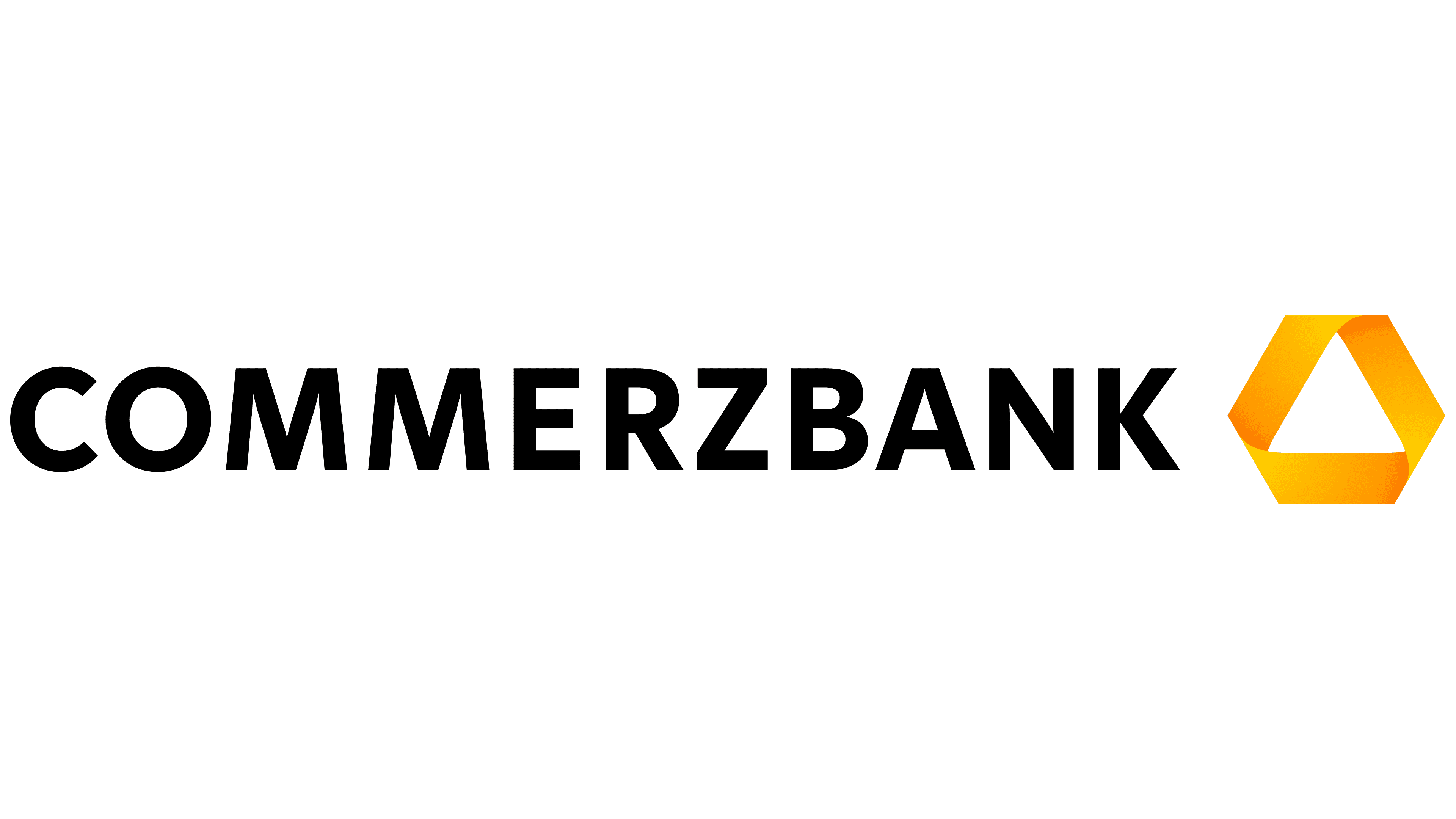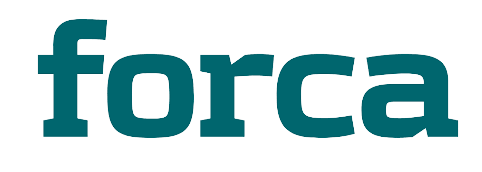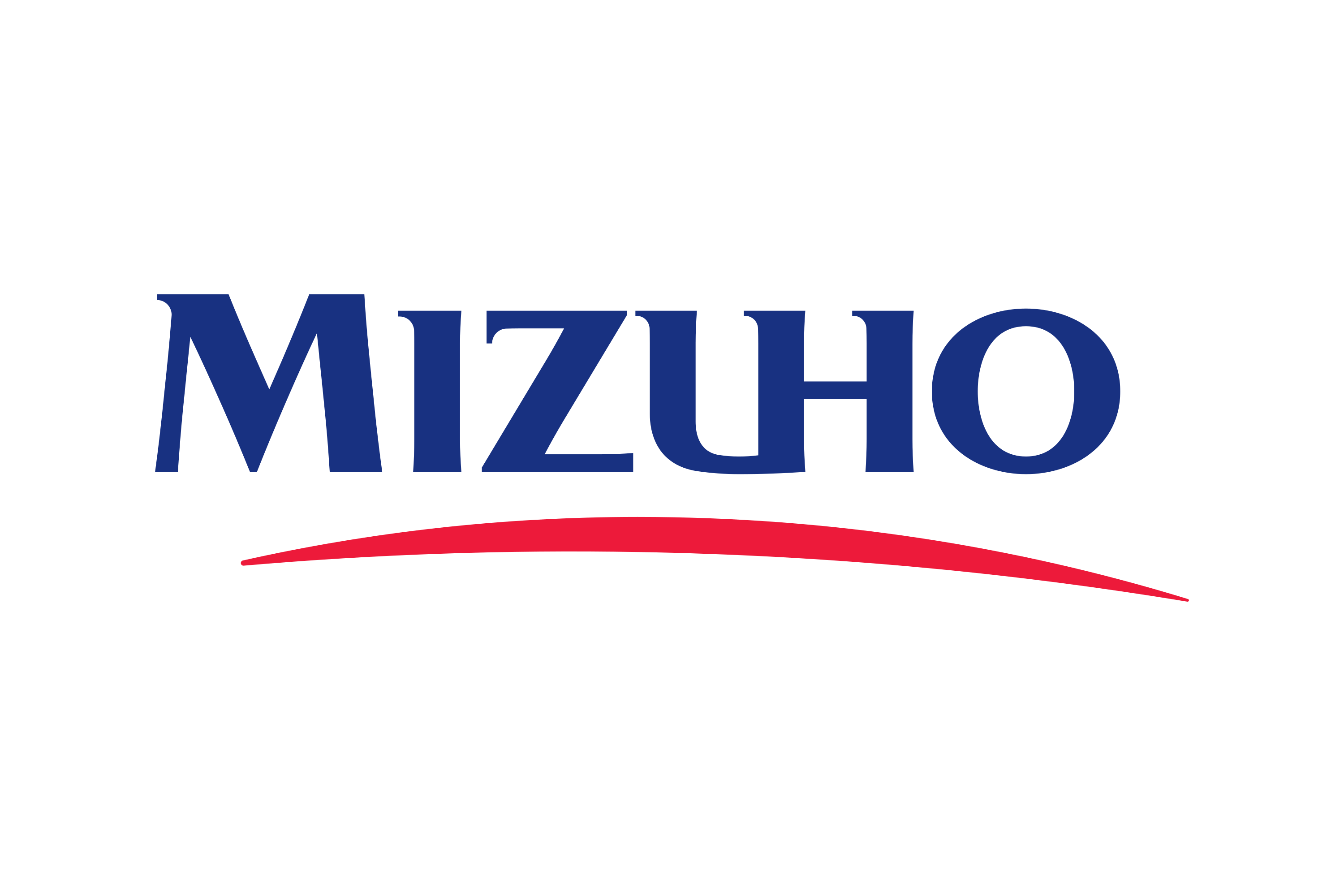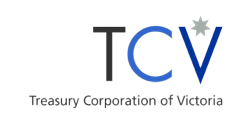
Control Cloud
Fee billing
Improve the quality and speed of invoicing,
revenue flow and client service
product overview
Workflow-based client fee billing and revenue management
AUM average for fees calculated
Time savings compared to spreadsheet based solution
Calculating investment management fees

Boost fee billing accuracy
Reduce risks and streamline your fee billing operations with automated processes that replace error-prone, outdated systems. Eliminate the complexities of manual workflows to enhance efficiency and protect your firm from costly inaccuracies.
Reconciliation, made simple

Fee billing automation
-
Customisable and scalable
Adapt billing workflows to fit your firm's unique requirements, whether you're dealing with performance fees, tiered structures, or other models. The system is designed to scale effortlessly, growing alongside your client base and assets under management without compromising efficiency.
-
Comprehensive calculations
Streamline your fee billing operations with powerful automation that handles everything from complex fee calculations to client invoicing. This ensures high levels of accuracy, reduces manual errors, and simplifies billing processes, even for firms with intricate fee structures.
-
Real-time reporting transparency
Access real-time visibility into all aspects of fee calculations, adjustments, and invoicing. Detailed reporting provides the transparency needed to streamline audits and foster trust with clients, while also making it easier to manage fee-related compliance and oversight.
product benefits
Control Cloud Fee Billing
-
Simplify complexity
Easily manage complex fee schedules, performance fees, billing, and effective-date processing, complete with historical fee data and custodian-audited market values.
-
Strengthen client relationships
Customise client communications, reporting and invoicing dynamically at the account level, while supporting special payment instructions and calculation reporting requests.
-
Stay compliant and improve forecasting
Easily meet Sarbanes-Oxley Act (SOX), policy and procedure, and internal/external audit requirements.
Easily obtain fee estimates or projected fees for sales and executive forecasting.
-
Increase efficiencies
Save time and resources by integrating billing processes with portfolio accounting systems, accounts receivable, data aggregators, and custodians.
Related products and services
Control Cloud Fee Billing is a product application within the Control Cloud suite of solutions. Explore the other product applications to find the right solution for your business.
Gresham’s Control is easy for our business users to adopt and use. The application’s controls around signoffs, designating reconciliations to different staff, and data collection have made our process more efficient and seamless, and our team more self-sufficient.
Vice President of Operations | Investment Management Firm
Our recent success and go-live with Gresham’s Control Cloud and the prompt yet comprehensive Proof-of-Concept (PoC) meant the decision to expand our use to include Connect Cloud was easy.
Head of Operations Payments | Cash and Securities Provider
Why should any payments firm build this in-house when there is a specialist like Gresham that focuses on it exclusively? Connect Cloud really takes the pain out of message formatting and simplifies the message transformation space.
Product Manager | Global FinTech Company
The solution allows us to focus on more strategic work. We are now able to manage the exceptions rather than all the manual heavy lifting we were having to do before the switch. It meant that we were able to manage a broader estate of recs ourselves without involving IT and tech experts from the previous vendor.
Operations Lead | Global Asset Manager
Project Lead | Global Investment Bank
Explore our customer success stories
Insights, made simple
Deep dive into an array of topics and opinions shared by our domain experts. Learn more from articles online or subscribe to our monthly newsletter on LinkedIn.













-1.png)